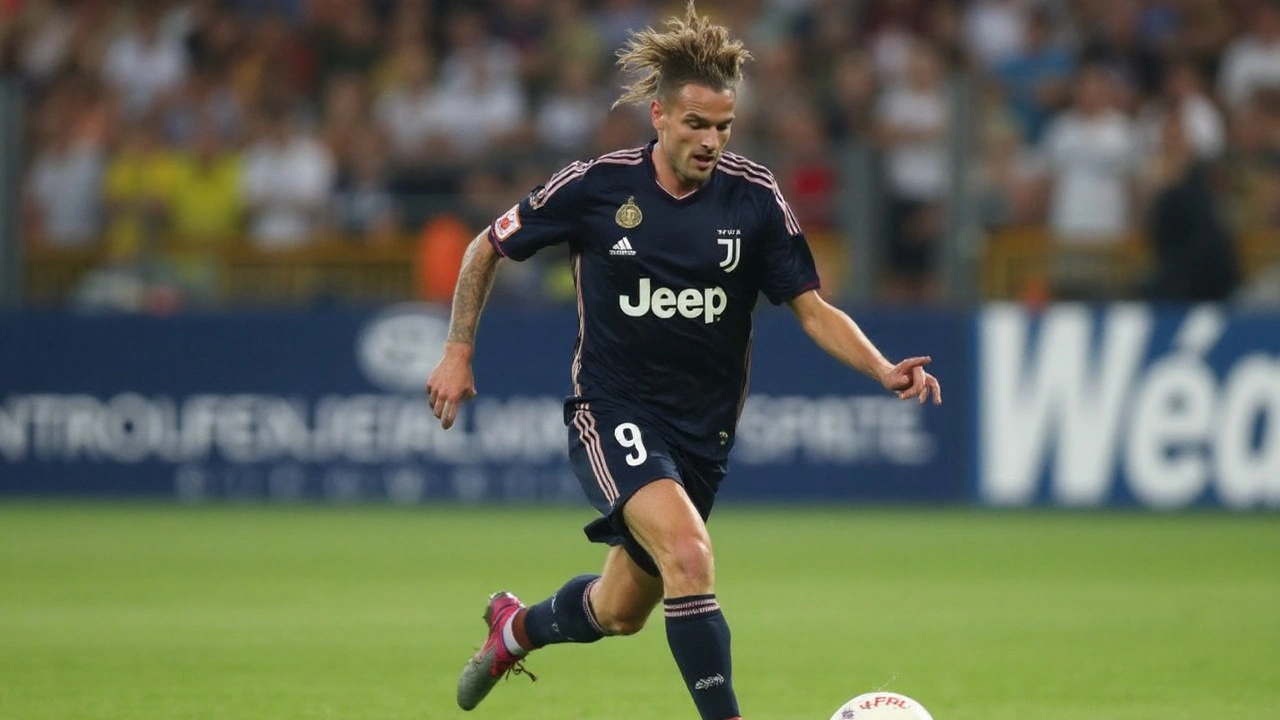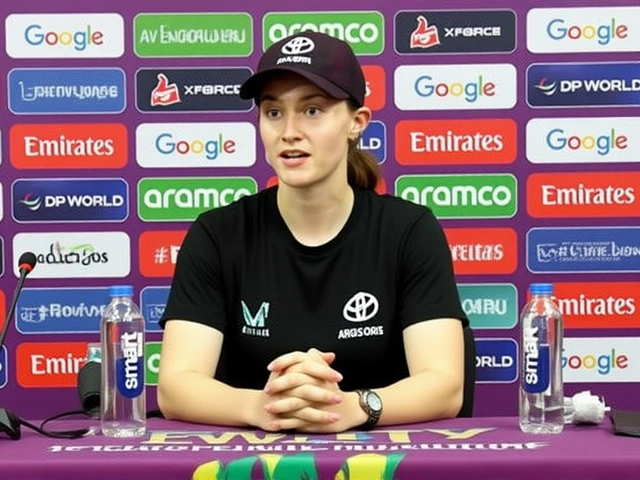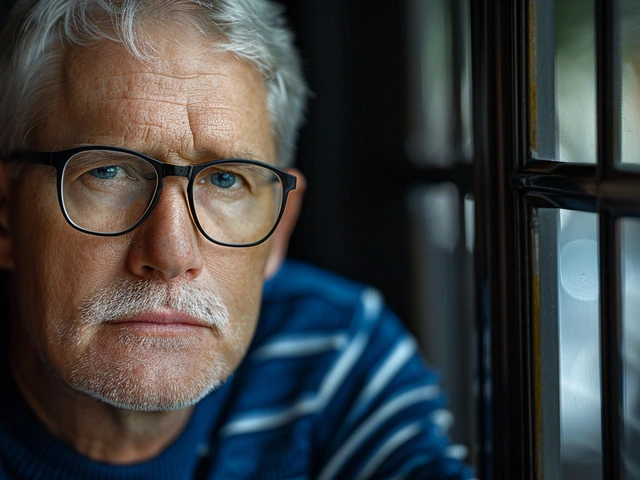Eleven headed into qualifiers, two more on other duty
Juventus started the season with back-to-back wins, and that good rhythm is spilling into the international break. Thirteen players have left Turin to join their national teams, with eleven set for UEFA World Cup Qualifiers and two more tied to friendlies and youth action. It’s a heavy spread across Europe, and it tells you a lot about the depth and profile of this squad.
Kenan Yildiz is first up. The 19-year-old steps into a big window with Turkey, who visit Georgia on September 4 before hosting Spain three days later. The second game is the headline test. Yildiz has grown into a flexible role for club and country, drifting between the lines and linking play. Turkey value that spark; Juventus do too, and they’ll watch his minutes closely.
Italy have gone with a familiar Juventus core. Andrea Cambiaso, Federico Gatti, and Manuel Locatelli are in the Azzurri group to face Estonia and Israel. Cambiaso’s versatility at full-back and wing-back makes him a plug-and-play option in most systems. Gatti brings aerial strength and aggression in duels. Locatelli reads the game well at the base of midfield and sets the tempo with quick switches. If Italy want control, that trio helps deliver it.
Serbia lean on two names that matter in Turin: Filip Kostic and Dusan Vlahovic. The fixtures against Latvia and England are a sharp contrast in styles—one side likely to sit deep, the other to push the pace. Kostic’s delivery from wide areas remains a weapon, especially in transition. Vlahovic is in form and hungry; after his agent’s mid-July trip to England did not produce a Premier League move, the striker gets a chance to remind English fans what they might be missing.
The Bianconeri presence doesn’t stop there. Belgium call up Lois Openda, a center-forward who attacks space and presses from the front. France include Khephren Thuram, whose box-to-box range and ball-carrying can change the speed of a game. Montenegro look to Vasilije Adzic, a creative piece in a team that relies on set pieces and tight games. The Netherlands bring in Teun Koopmeiners, a smart, two-way midfielder who can shoot from distance and manage the press. Portugal list Francisco Conceicao, a winger who can beat his marker and draw fouls in dangerous areas.
Two others are on different tracks. Canada’s Jonathan David has friendlies against Romania and Wales. Because Canada co-hosts the 2026 World Cup with Mexico and the United States, they’re already qualified and focused on fine-tuning. Expect David to carry a heavy scoring burden in those tests. Sweden U21s call up Juventus Next Gen graduate Jonas Rouhi for 2027 U21 European Championship qualifiers against Armenia and Montenegro. It’s a big stage for a young defender to collect serious minutes.
Put it all together and Juventus have players in the thick of Europe’s most competitive international window, plus one of North America’s top strikers staying sharp against European opposition. That coverage across back lines, midfields, and attacks is exactly what the club hoped to see.
Why it matters for Juventus right now
International breaks can be a headache for clubs in form, but they’re also a chance for momentum to grow in multiple places at once. An emptying training ground gives staff time to work in small groups with the players who stay behind. For those away, minutes against strong opponents add reps you can’t always simulate in camp. The trick is bringing everyone back fit and fresher in the mind, not just the legs.
Yildiz is the clearest watch. If he thrives against Spain’s press, he returns to Turin with extra authority. That carries over to how opponents defend him in Serie A. For Italy’s trio, it’s about rhythm and relationships—Gatti’s timing in the back line, Cambiaso’s choices in the final third, and Locatelli’s early passes into the front players. Those patterns translate straight back into club matches.
For Serbia, the lens is narrower but sharper: Kostic to Vlahovic. When that connection clicks, Juventus look different in transition and on set pieces. Vlahovic feeding off early crosses and second balls is still one of the most reliable scoring routes in their playbook. A tough test against England can amplify that chemistry under pressure.
The midfield story keeps evolving. Thuram’s ability to carry the ball through lines is useful when Juventus face teams that sit deep. Koopmeiners brings shooting threat and game management if matches get cagey. If they both log meaningful minutes, they return with sharper timing, which speeds up club combinations in the middle third.
There’s also a fitness picture to manage. Most of these trips are within Europe, so travel is lighter than a transatlantic run. The outlier is David, who hops into a European pair of friendlies from North America’s base, but his schedule is still manageable. The club’s performance staff will track loads, spikes in sprint efforts, and any knocks. The early-season injury risk often comes from rapid changes in intensity. Keeping a lid on that is half the battle.
Squad competition should heat up, not cool down. If Adzic builds confidence, he pushes for more minutes when he returns. If Conceicao lights up a qualifier as an impact sub, he strengthens his case in a crowded wing rotation. Openda’s high-speed runs and pressing can set a tone that teammates feed off back at Vinovo.
The wider effect is psychological. Players who deliver for their countries tend to come back with edge and clarity. Coaches like that; it shortens meetings, quickens decisions, and often lifts training quality. With league points already in the bank, Juventus can use that lift to keep momentum rolling into a busy autumn schedule.
So the checklist for the next week is simple: no injuries, spread the minutes smartly, and get key partnerships humming under international lights. If that happens, the club benefit twice—reputation on the global stage, and a sharper group ready for the next matchday in Italy.






